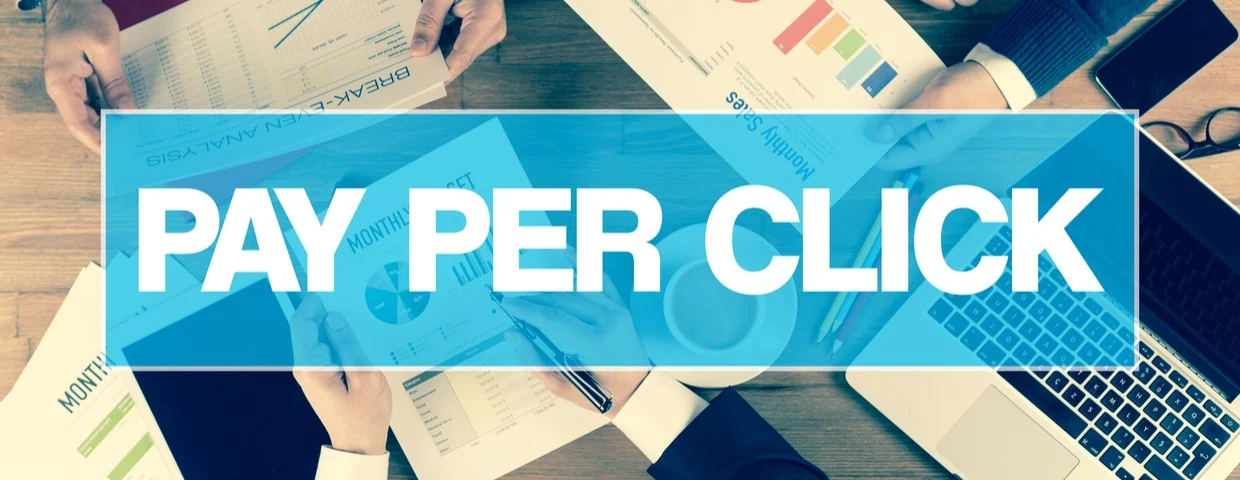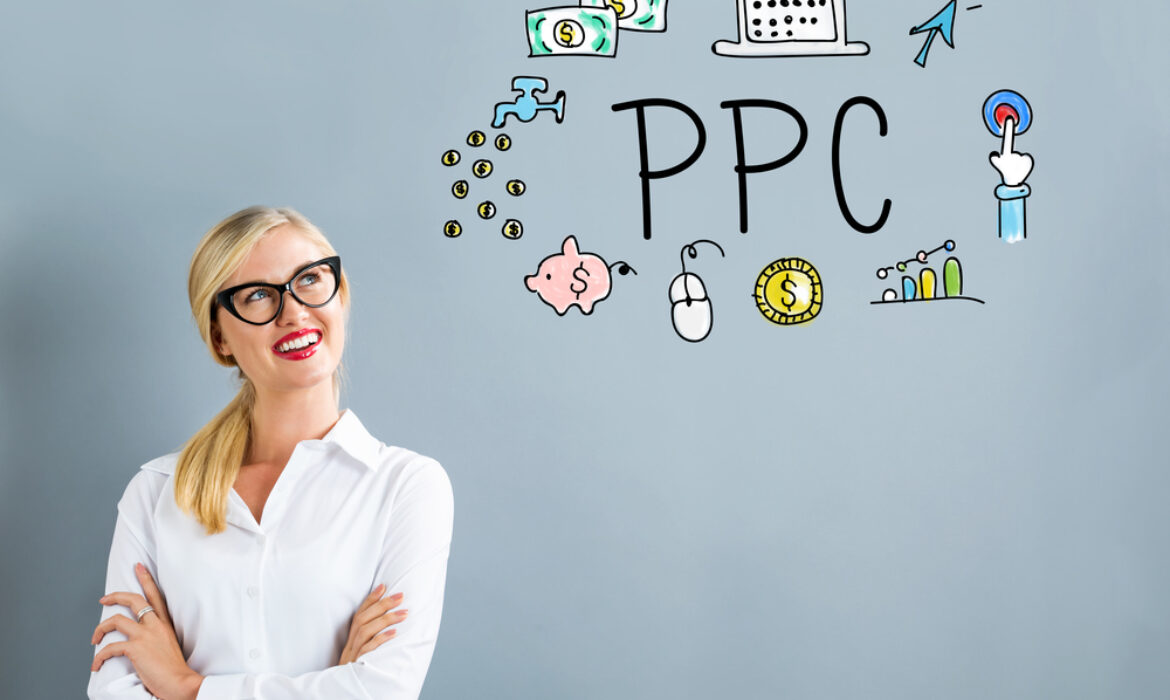In the ever-evolving landscape of digital marketing, Pay-Per-Click (PPC) advertising stands out as one of the most effective and efficient methods for businesses to reach their target audience. Specifically, Google Ads, the juggernaut of PPC advertising, has become an indispensable tool for marketers worldwide. In this comprehensive guide, we will delve deep into the world of PPC advertising, focusing on Google Ads, and unveil its core principles, benefits, strategies, and the impact it has on modern marketing campaigns.
Unlocking Pay-Per-Click Advertising
Pay-Per-Click advertising is a digital marketing model in which advertisers pay a fee each time their ad is clicked by a user. It’s a form of buying visits to a website rather than earning those visits organically. While PPC advertising can encompass various platforms, Google Ads reigns supreme as the leading platform, offering advertisers access to a vast network of users actively searching for products and services.
Here are the fundamental principles that underpin PPC advertising:
1. Keyword Targeting:
PPC campaigns rely on specific keywords that trigger ads. Advertisers select relevant keywords related to their products or services, ensuring their ads appear when users search for those keywords.
2. Bidding System:
Advertisers participate in an auction-style bidding system to determine when and where their ads appear. The bid amount, combined with ad quality and relevance, influences ad placement.
3. Ad Budgets:
Advertisers set daily or monthly budgets to control their spending. Once the budget is exhausted, ads stop running until the next budget cycle.
4. Ad Copy and Creatives:
Crafting compelling ad copy and creatives is crucial. Advertisers must create engaging content that entices users to click on their ads.
5. Landing Pages:
Ads direct users to landing pages on the advertiser’s website. These landing pages must be relevant to the ad’s content and optimized for conversions.

The Evolution of PPC Advertising
The journey of PPC advertising has seen remarkable developments over the years:
1. Early Search Advertising:
The concept of PPC advertising emerged in the early 2000s with the launch of Google AdWords, the precursor to Google Ads. Advertisers bid on keywords and paid each time their ad was clicked.
2. Expansion to Display Network:
Google Ads expanded beyond search to include the Display Network, allowing advertisers to run banner and video ads on various websites, reaching a broader audience.
3. Mobile Advertising:
As mobile usage surged, Google Ads adapted to include mobile-specific campaigns, ensuring ads were optimized for mobile devices.
4. Enhanced Targeting:
Google Ads introduced advanced targeting options, such as remarketing, demographic targeting, and location-based targeting, allowing advertisers to reach highly specific audiences.
5. Machine Learning and Automation:
Google Ads integrated machine learning and automation features, streamlining campaign management and optimizing ad performance.
6. Integration with Analytics:
Google Ads became closely integrated with Google Analytics, providing advertisers with comprehensive insights into campaign performance.
PPC Advertising Strategies
PPC advertising encompasses a range of strategies tailored to specific goals and objectives. Here are some common PPC strategies:
1. Search Advertising:
Focusing on text-based ads that appear on search engine results pages (SERPs) when users enter relevant search queries. It’s ideal for capturing users actively searching for specific products or services.
2. Display Advertising:
Utilizing visual ads, such as banners and videos, that appear on websites within Google’s Display Network. Display advertising is effective for brand awareness and reaching a broader audience.
3. Remarketing:
Targeting users who have previously interacted with your website or ads. Remarketing helps re-engage potential customers and increase conversions.
4. Shopping Ads:
For e-commerce businesses, shopping ads showcase product listings, including images and prices, directly within the search results. They’re highly effective for promoting products.
5. Video Advertising:
Leveraging video ads on platforms like YouTube to engage users with visual content. Video ads can be skippable or non-skippable and are effective for storytelling.
6. Mobile Advertising:
Optimizing campaigns for mobile users, including responsive ad formats and mobile-specific targeting options.
The Advantages of PPC Advertising
PPC advertising, particularly through Google Ads, offers a multitude of advantages:
1. Immediate Results:
PPC campaigns can generate immediate traffic and results, making it ideal for businesses looking for quick wins.
2. Targeted Audience:
Advertisers can precisely target their audience based on demographics, interests, location, and behavior, ensuring ads reach the right people.
3. Cost Control:
Advertisers have full control over their budgets and can adjust bids and spending as needed.
4. Measurable ROI:
Comprehensive analytics and conversion tracking enable advertisers to measure the ROI of their campaigns accurately.
5. High Visibility:
Ads appear prominently on SERPs, increasing visibility and brand exposure.

Challenges and Considerations
While PPC advertising offers numerous benefits, it also presents challenges and considerations:
1. Competition:
Popular keywords can be highly competitive, driving up costs per click. Advertisers must carefully manage budgets and bids.
2. Ongoing Optimization:
Successful PPC campaigns require continuous monitoring and optimization to ensure they remain effective and efficient.
3. Ad Quality:
Google Ads considers ad quality when determining ad placement. Irrelevant or low-quality ads may receive less visibility.
4. Ad Fatigue:
Overexposure to the same ads can lead to ad fatigue, causing users to ignore or actively avoid ads.
The Future of PPC Advertising
The future of PPC advertising is poised for further innovation, with advancements in automation, machine learning, and artificial intelligence. Personalized ad experiences, voice search optimization, and the integration of AI-driven chatbots within ads are among the trends shaping the future of PPC.
In conclusion, PPC advertising, especially through Google Ads, remains a dynamic and indispensable tool for businesses seeking to drive targeted traffic, generate leads, and achieve their marketing objectives. Its evolution from simple text ads to sophisticated, data-driven campaigns underscores its enduring relevance in the digital marketing landscape. By embracing PPC best practices and staying attuned to industry trends, businesses can harness the full potential of this influential advertising medium.




